As some of you know, 10 days ago we found a pair of Mountain Plovers on Antelope Island. These plovers are rare in Utah, the few that are seen here are on their way to Montana, Wyoming and Colorado to breed so after a day or two these birds were gone. But they sure created a buzz in the birding community while they were here.
I posted about these birds the day after I photographed them but I thought such an eventful and unusual sighting was worthy of some more images.
1/5000, f/7.1, ISO 500, 500 f/4, 1.4 tc, natural light
Mountain Plovers are fairly large for a plover. They are roughly Killdeer sized but have longer legs and a more erect posture. They’re rather drab and lack the black breast bands found on many other plovers. I really enjoy their relatively subtle coloration.
1/1600, f/8, ISO 400, 500 f/4, 1.4 tc, natural light
The plover pair spent virtually all of their time foraging for insects, which they did with intensity. That made it difficult to catch one standing still for a portrait.
1/3200, f/8, ISO 400, 500 f/4, 1.4 tc, natural light
They were efficient hunters, catching and eating many insect larvae in the time I spent with them.
1/1600, f/8, ISO 400, 400 f/4, 1.4 tc, natural light
I’m not sure what was really going on here but this time the bird, after capturing the insect, flung it through the air in front of it. Here you can see it in mid-air in front of the bird (there’s also a piece of debris directly in front of the bill). I don’t recall if the bird retrieved the insect again but this was the only time I saw this happen.
1/3200, f/7.1, ISO 500, 500 f/4, 1.4 tc, natural light
I don’t believe that I’ve ever photographed another species that was as wary of larger, potentially dangerous birds flying overhead. Every time a gull, hawk or raven did so the plovers would lay down in the grass like this and maintain that position for several minutes after the larger bird was long gone. And one of the two plovers was much more timid that way than the other. In contrast, and typical of the species, they had absolutely no fear of me or my pickup.
1/2500, f/7.1, ISO 500, 500 f/4, 1.4 tc, natural light
It’s very possible, even likely that I will never see another Mountain Plover so this was a memorable experience for me and I’m sure glad I have the images from that morning to make the memories more vivid.
But if I’m lucky I may see some of these Mountain Plovers on their breeding grounds on one of my Montana trips, which is something I’d very much like to do. These are my kind of birds – they have an attitude. They often charge and chase several species of ground squirrels who are predators of their eggs and chicks and they do the same thing (charge and chase) with pronghorns and cattle in the vicinity of their nest. They even occasionally “flutter jump” (flap wings and jump) in the face of cattle to distract them.
I like that.
Ron


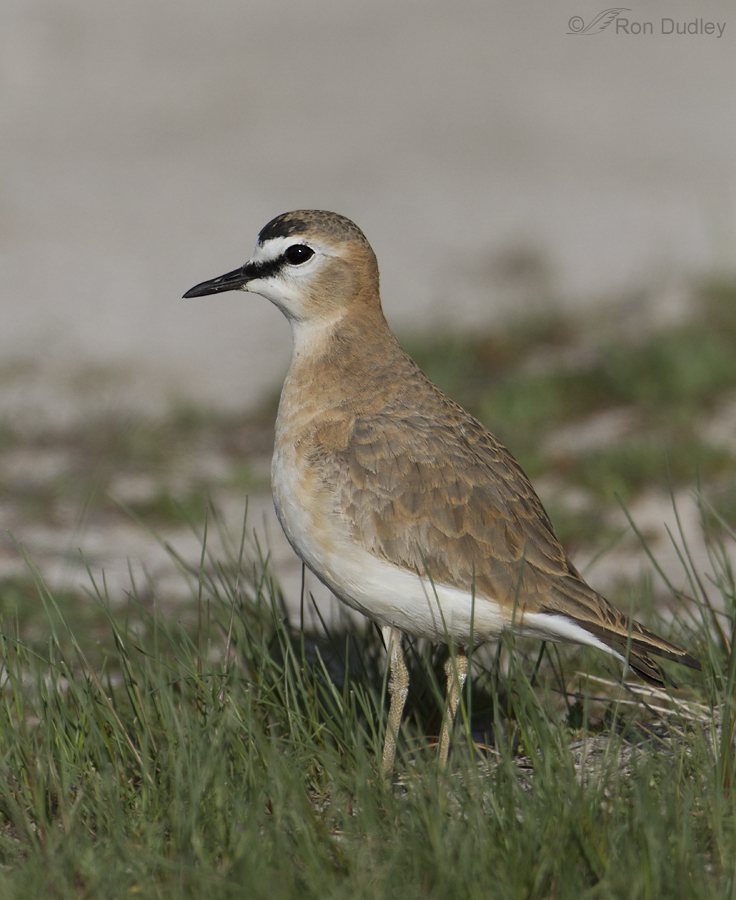
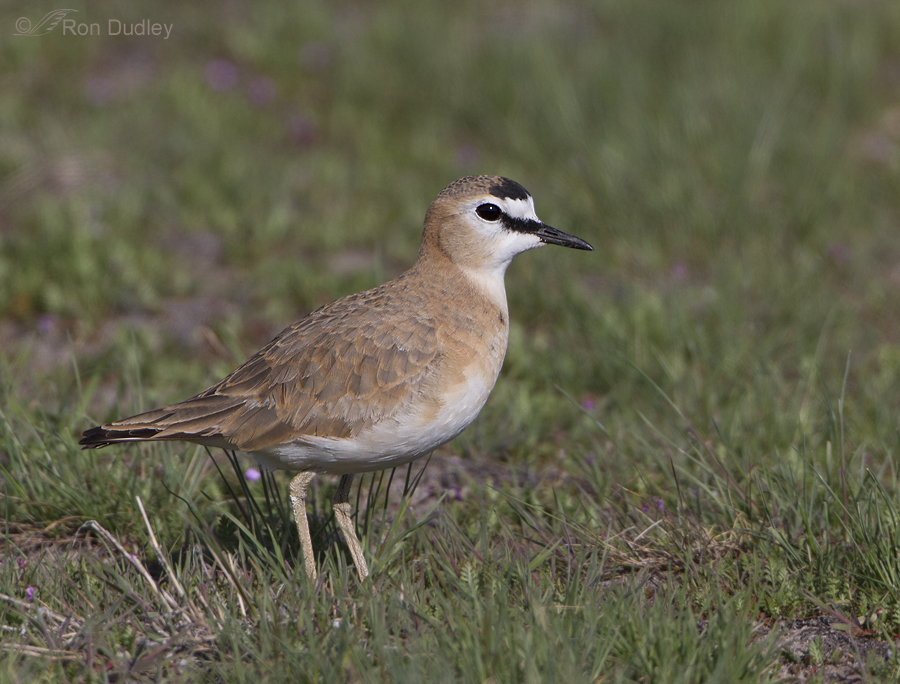

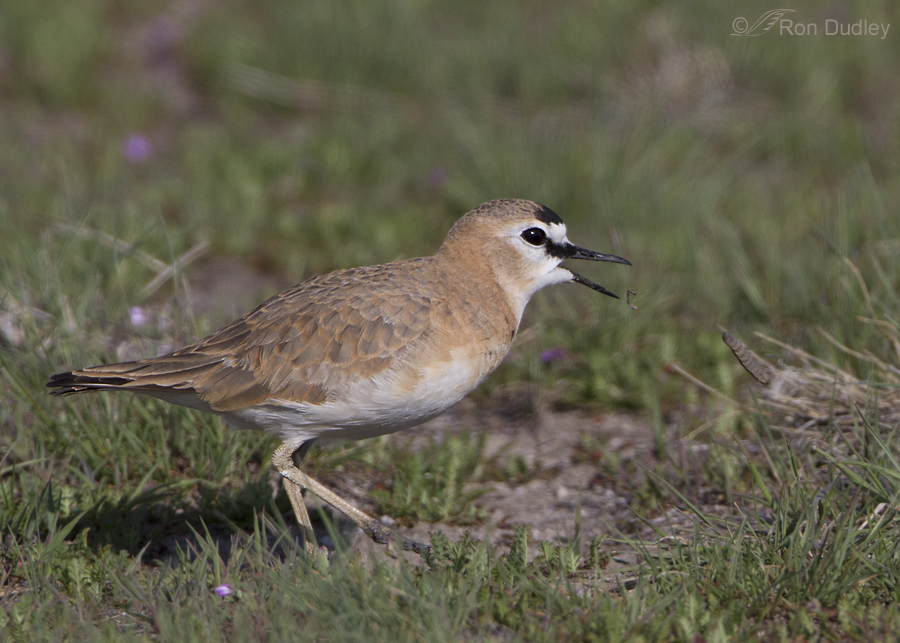
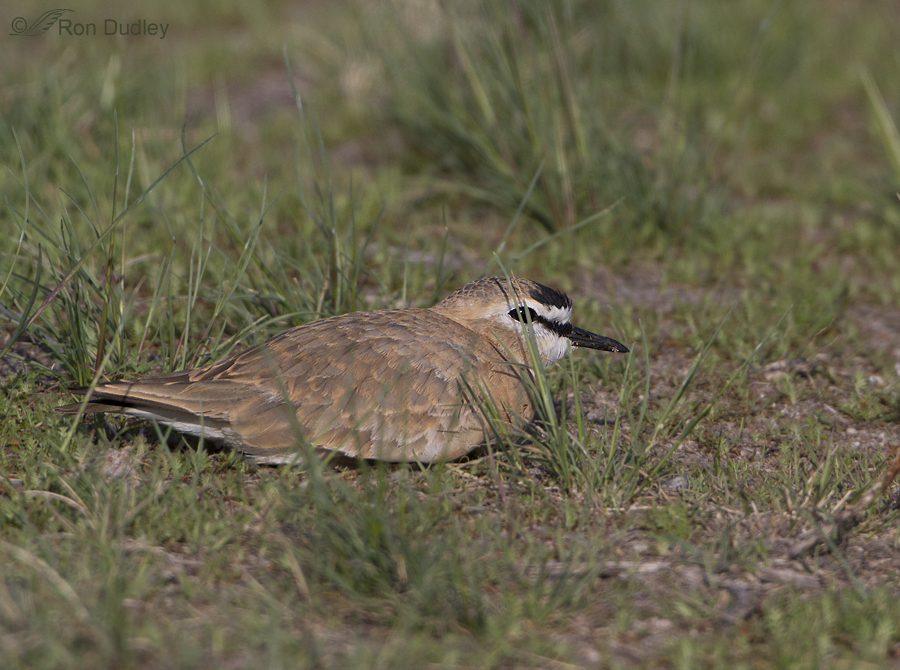
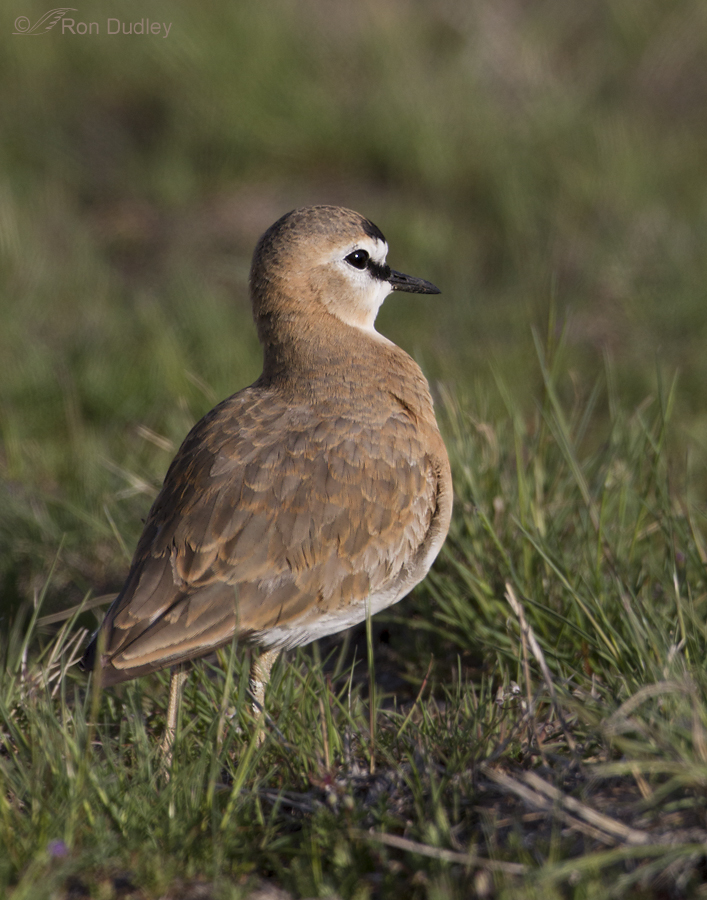
Beautiful birds, elegant photos. Thank you for sharing!
Your beautiful photos will surely be the only Mountain Plovers I’ll see in this lifetime and I am so grateful to you for sharing them. The last one in this series is partiularly precious and definitely doesn’t look like she would take on a cow!
Thank you for sharing more photographs of the Plovers! What a special treat. I sat on the beach the other day watching a few different species of Plover. Each different but similar in the way they hunted and, as you show, they hunkered down when a shadow appeared overhead. Fascinating.
Very nice series, Ron.
These are beautiful birds, and their protective behavior that you described makes them even more intriguing. I like birds with character and personality and these seem to have both of those in good supply along with their good looks. Since this is a bird I may never see, I appreciate your introducing us to them. In reading this post I am struck again by how interesting birds become when you take time to really watch them. We had a nice encounter like that yesterday with a canyon towhee in Hueco Tanks State Park & Historic Site. We just sat there and watched it for a while, enjoying the fact that it was not afraid of us when we were reasonably still and quiet. We were able to see that it has some interesting coloration, even though when seen at a distance it just looks like a drab, tan bird.
You are absolutely right, Susan. So many birds that, from a distance, look nondescript – up close have lovely and distinctive patterns and colors. Especially in the spring.
Simply sensational shots! thanks for sharing.
Thank you, Charlotte.
As much as I like to watch the behavior of birds with an attitude, this birds subtle coloration and feather tips intrigue me. Its upright posture and alert gaze capture your captions. Only seen them once in my life, so vicariously I can see them again through you images. Many thanks for sharing!
I agree, Dick- I find the subtle coloration of this species to be very appealing. Looks like we’ve both had our “once in a lifetime” experience with these birds…
The plovers (lapwings) we see here, in coastal North Queensland, are fiercely protective of nest/young. A parent will feign injury to lure predators away. Sadly, this does not work with traffic. But I observed, sketched and photographed a one-legged plover near a busy intersection for several months. A friend told me the bird was well known for 18 months, at least.
A link, for people who may not know Australia http://www.wildlifeqld.com.au/Masked_Lapwings.html
Diane, your lapwing sounds like an intriguing bird, especially with that bony spur on the wing. Thanks for the interesting link.
Hi Ron
I looked through these with a smile and read your piece on them as well. Clearly an engaging bird and very protective of their nests in that description you gave of them. I like their markings and eye shape particularly. The whole ‘lying low’ activity shows the other side of their nature and probably ensures the species from dying out by hiding so well and waiting until the coast is very clear! Good for them.
Cheers
Paul
Paul, I found the contrast between their timid reaction to larger, potentially threatening birds and their aggressive nature toward several much larger mammal species to be very interesting.
Snap. Birds with attitude have immense charm for me too. Our corellas are much smaller than the cockatoos and magpies – but give them plenty of grief. And it is a rare bird which challenges them, and an even rarer one which succeeds.
I’ve enjoyed the interactions of your corellas, cockatoos and magpies on your own blog, Elephant’s Child. Your Australian birds seem very exotic to me and I’m fascinated by your magpie and its differences from ours.